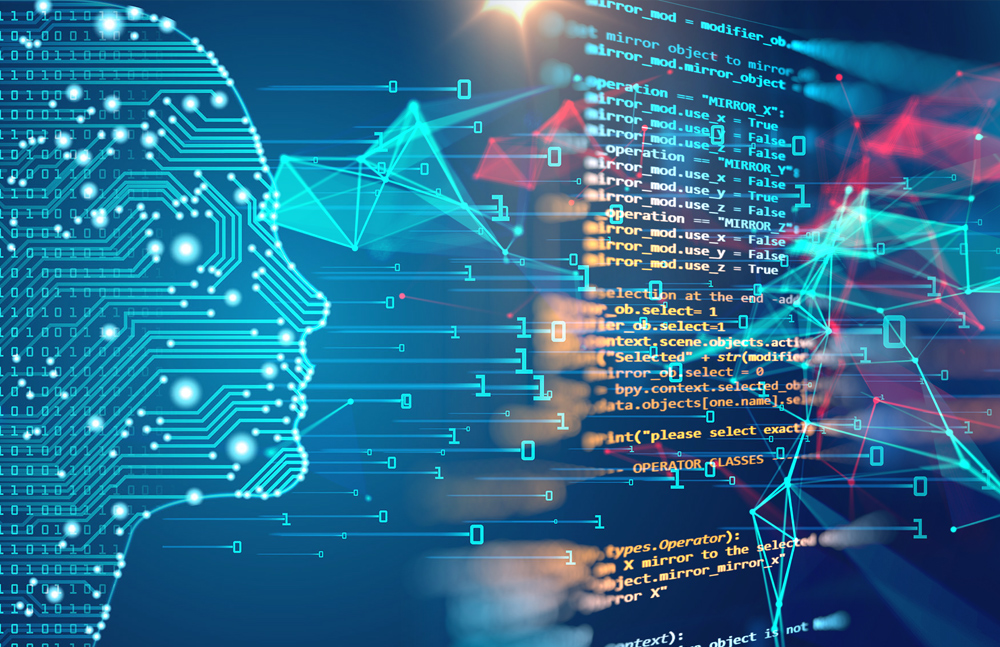Innovation and technology are evolving at an unprecedented rate, transforming our world in ways we never thought possible. One such technological advancement that has caught the attention of businesses and tech enthusiasts alike is machine learning. However, there’s a new player in town – deep learning! You might be wondering: What’s the difference between machine learning and deep learning? How are they related? Fear not! In this blog post, we’ll explore the intricate relationship between these two buzzwords and help you understand how they work together to fuel the AI revolution. So, strap on your seatbelts – we’re going on a ride through the exciting world of artificial intelligence!
What is deep learning?
Deep learning is a subset of machine learning that focuses on deep neural networks or artificial intelligence. Deep learning allows computers to learn and reason like humans, allowing for more accurate predictions. The first deep learning algorithms were created in the early 2000s, but they only became mainstream in the past few years.
How does deep learning work?
Deep learning is a subset of machine learning that uses artificial neural networks to learn complex patterns. These networks are made up of a large number of nodes, or processing units, that are connected together in a way that resembles the way biological neurons work.
The key advantage of deep learning over traditional machine learning is that it can learn much more complex patterns than traditional algorithms can. This makes it especially well-suited for tasks such as image recognition and natural language processing.
One downside of deep learning is that it is difficult to train the networks on a large scale. This means that they are often not as effective as traditional machine learning methods when it comes to solving specific problems.
What are the benefits of deep learning?
Deep learning is a subset of machine learning that uses artificial neural networks. You can model these networks by the way the human brain works. They are able to learn complex patterns more quickly than traditional machine learning algorithms.
One of the big advantages of deep learning is that it can be used to solve problems that are difficult or impossible for traditional machine learning algorithms to solve. For example, deep learning has been used to identify terrorists in videos, recommend products on Amazon, and even write computer programs.
Deep learning also has some pretty impressive practical benefits. For example, you can use this to build better natural language processing (NLP) systems. This can help you control your conversations with customers or employees more effectively. In addition, you can apply deep learning to autonomous vehicles and robotics, so we’re starting to see devices that are much more capable than ever before.
How is machine learning related to deep learning?
Machine learning and deep learning are both related to artificial intelligence (AI), which is a subset of machine learning. Machine learning is the process of enabling computers to “learn” on their own, without the need for explicit programming. Deep learning is a particular type of machine learning that uses layers of neural networks to “learn” more effectively.
Conclusion
Deep learning and machine learning are two of the most important algorithms in modern data-driven societies. While they share a lot of similarities, there is also a big difference between the two. In this article, we will explore deep learning in-depth and explain what it is and how it works. We will also compare it to traditional machine learning methods, highlight some of its advantages, and reveal which problems it can solve better than other methods. Finally, we will provide you with an overview of how deep learning currently use and where things are heading. So hopefully by the end of this article, you’ll have a better understanding not only of these cutting-edge algorithms but also of why they matter so much for business success in the future.





